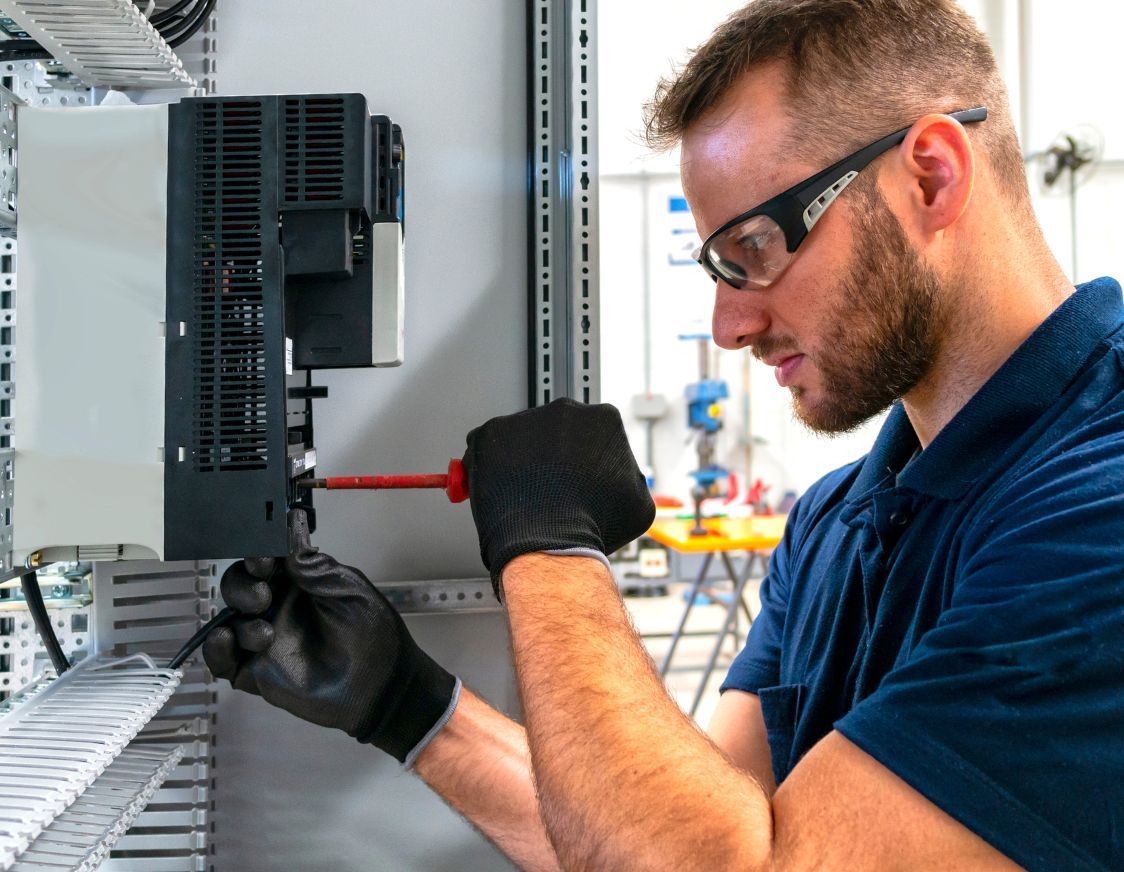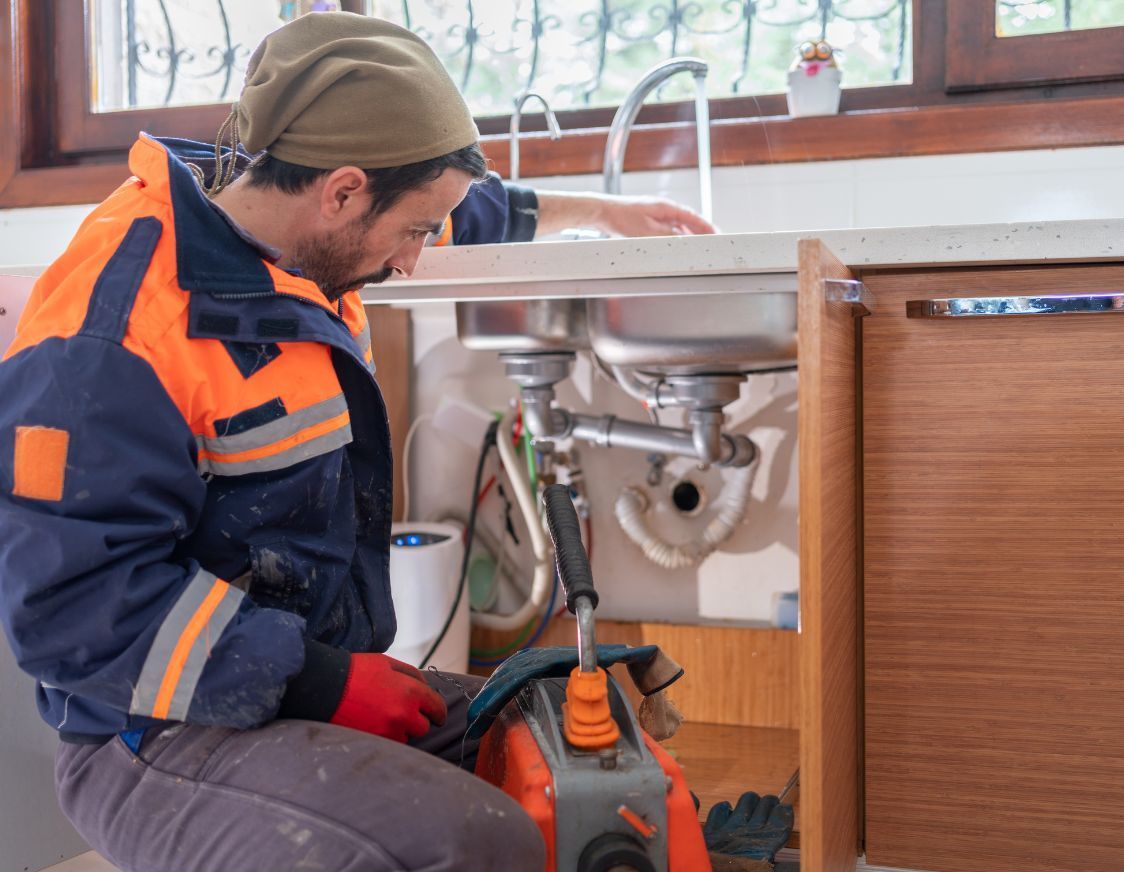In today's fast-paced world, having the right tools and equipment is essential for both personal and professional success. Whether you're a contractor, a DIY enthusiast, or a business owner, ensuring that your tools and equipment are properly covered by insurance is crucial. This not only protects your investment but also provides peace of mind in case of theft, damage, or loss. Understanding the nuances of insurance coverage can be daunting, but with the right guidance, you can secure comprehensive protection for your valuable assets.
Understanding the Importance of Insurance for Tools and Equipment
Insurance for tools and equipment is not just a safety net; it's a strategic investment. The financial implications of losing or damaging essential tools can be significant, potentially halting operations and leading to costly replacements. By having the right insurance, you mitigate these risks and ensure continuity in your projects or business operations.
Moreover, insurance coverage can enhance your credibility with clients and partners. It demonstrates professionalism and a commitment to safeguarding your resources, which can be particularly important in industries where trust and reliability are paramount. Clients are more likely to engage with businesses that have comprehensive insurance, knowing that their projects are in safe hands.
Finally, insurance can also provide coverage for liability issues that may arise from the use of tools and equipment. This is particularly important for businesses, as it protects against potential legal claims that could arise from accidents or malfunctions. Understanding these aspects underscores the necessity of having robust insurance coverage for your tools and equipment.
Steps to Ensure Proper Insurance Coverage
Assessing Your Insurance Needs
The first step in ensuring proper insurance coverage is to assess your specific needs. Begin by creating an inventory of all your tools and equipment. This inventory should include detailed information such as the make, model, purchase date, and current value of each item. This will not only help in determining the level of coverage required but also in filing claims if necessary.
Consider the nature of your work and the environments in which your tools and equipment are used. High-risk environments may necessitate more comprehensive coverage. Additionally, think about the frequency of use and the potential for wear and tear, as these factors can influence the type of insurance policy you need.
It's also essential to evaluate the potential risks associated with your tools and equipment. This includes considering the likelihood of theft, damage, or loss, as well as any specific risks related to your industry. By understanding these risks, you can tailor your insurance coverage to meet your unique needs.
Choosing the Right Insurance Policy
Once you've assessed your needs, the next step is to choose the right insurance policy. There are various types of insurance policies available, each offering different levels of coverage. Some policies may cover only specific types of damage, while others offer comprehensive protection against a wide range of risks.
When selecting a policy, consider the coverage limits and deductibles. Coverage limits refer to the maximum amount the insurance company will pay in the event of a claim, while deductibles are the out-of-pocket expenses you must pay before the insurance kicks in. Balancing these factors is crucial to ensuring adequate protection without overpaying for coverage.
It's also important to read the fine print of any insurance policy. Pay attention to exclusions and conditions that may affect your coverage. Some policies may exclude certain types of damage or require specific conditions to be met for a claim to be valid. Understanding these details will help you avoid unpleasant surprises in the event of a claim.
Working with an Insurance Agent
Working with an experienced insurance agent can be invaluable in securing the right coverage for your tools and equipment. An agent can provide expert advice on the types of policies available and help you navigate the complexities of insurance contracts. They can also assist in tailoring a policy that meets your specific needs and budget.
When choosing an insurance agent, look for someone with experience in your industry. They will have a better understanding of the risks you face and the types of coverage that are most appropriate. Additionally, a reputable agent will be transparent about policy terms and conditions, helping you make informed decisions.
Regular communication with your insurance agent is also essential. Keep them updated on any changes to your inventory or business operations that may affect your coverage needs. This proactive approach ensures that your insurance remains adequate and up-to-date.
Maintaining and Updating Your Insurance Coverage
Regularly Reviewing Your Policy
Insurance needs can change over time, so it's important to regularly review your policy to ensure it continues to meet your needs. This includes evaluating any changes in the value of your tools and equipment, as well as any new risks that may have emerged since you first purchased your policy.
Set a schedule to review your insurance policy at least once a year. During this review, update your inventory and reassess your coverage limits and deductibles. This will help you identify any gaps in coverage and make necessary adjustments to your policy.
Regular policy reviews also provide an opportunity to compare your current coverage with other options in the market. Insurance providers frequently update their offerings, so staying informed about new products can help you find better or more cost-effective coverage.
Documenting Changes and Claims
Maintaining accurate documentation is crucial for managing your insurance coverage effectively. Keep detailed records of any changes to your tools and equipment, including purchases, sales, and modifications. This documentation will be invaluable in the event of a claim, as it provides proof of ownership and value.
In the event of a claim, document the incident thoroughly. Take photographs of any damage and gather any relevant information, such as police reports or witness statements. This documentation will support your claim and expedite the claims process.
Additionally, keep a record of all communications with your insurance provider, including emails, letters, and phone calls. This documentation can help resolve any disputes or misunderstandings that may arise during the claims process.
Common Pitfalls to Avoid
Underinsuring Your Tools and Equipment
One of the most common mistakes is underinsuring tools and equipment. This occurs when the coverage limits are set too low to fully replace or repair your assets in the event of a loss. Underinsurance can lead to significant out-of-pocket expenses and financial strain.
To avoid underinsurance, ensure that your coverage limits accurately reflect the current value of your tools and equipment. Regularly update your inventory and adjust your policy as needed to account for any changes in value.
Consider the potential costs of downtime and lost productivity in the event of a loss. Comprehensive coverage should not only cover the replacement or repair of your tools but also any associated costs that may arise.
Ignoring Policy Exclusions
Another common pitfall is ignoring policy exclusions. These are specific conditions or types of damage that are not covered by your insurance policy. Failing to understand these exclusions can lead to denied claims and unexpected expenses.
Carefully review your policy to identify any exclusions and discuss them with your insurance agent. If necessary, consider purchasing additional coverage to address any gaps in your policy.
Being aware of policy exclusions also allows you to take proactive measures to mitigate risks. For example, if your policy excludes theft from an unlocked vehicle, ensure that your tools and equipment are always secured to prevent loss.
Conclusion
Ensuring that your tools and equipment are properly covered by insurance is a critical aspect of protecting your investments and ensuring the continuity of your operations. By assessing your needs, choosing the right policy, and maintaining accurate documentation, you can secure comprehensive coverage that provides peace of mind. Avoid common pitfalls by regularly reviewing your policy and understanding its terms and conditions. With the right approach, you can safeguard your valuable assets and focus on what you do best.












